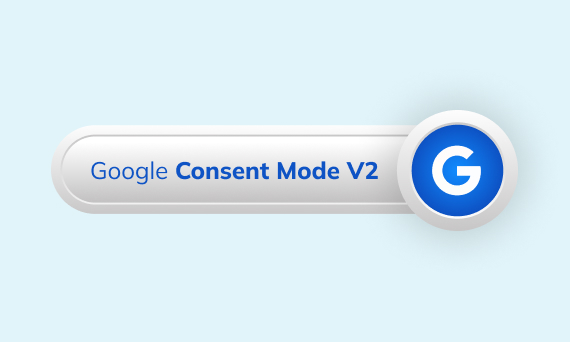Contact Us

14.09.2022
When we look from the past to the present, we see sales and marketing activities as a structure that changes in every period. Especially the rapid change in consumer behavior is driving companies in different directions and usage areas. Let’s say you are a brand that provides any product or service. Like every provider, you expect to receive satisfactory revenues and conversions in return for the products and services you offer to users. Of course, this requires a good sales and marketing strategy.
As it is known, while a more intuitive process was progressing in sales and marketing in the past, it is an undoubted fact that the importance of data usage in sales and marketing studies will increase gradually as the importance of digitalization increases. Let’s say you have a sales team and you’re going to present your product to a specific audience. It is of great importance to determine which markets and audiences we will offer our product to and to analyze the user characteristics in the market very well. Here, too, the importance of establishing a data-based sales strategy becomes apparent.
A data-driven sales strategy leverages the data and insights gathered during each sales interaction to help personalize sales messages (cold calling or face-to-face calls), better understand customers’ needs, and create repeatable success with our prospects. With this data, we can determine which offers to make to the other party and who are the ideal targets for your pitch. At the same time, we strengthen our sales strategy when we monitor user behavior by taking into account certain metrics through certain platforms.

With the following example, we can see what extras the attention paid to data analysis provides for a good strategy and profitability. According to the Business Applications Research Center (BARC) survey of 559 businesses, data-driven sales increase profits by 8% while also reducing overall operating cost by 10%.
Determining whether your potential customers are ready to sell also falls within the realm of data analysis. For example; Gathering demographic and behavioral data about potential customers interacting with your ads displayed on any platform and interacting with your company’s website can provide us with many insights to take action. In this way, it will be a great advantage for us to understand which customers are more ready to be affected.
We can monitor the use of data not only in the pre-sales activities mentioned above, but also in the analysis and reporting of our existing customers after the sale. For example; With the information at hand, we can assess where companies are losing or gaining market share. In particular, the data we collect in our CRM can provide us with various information from which sales and marketing efforts are more effective to which product is more appropriate to present to which customer.
With the developing digital technology, we can say that companies that do not have the ability to acquire and make sense of data will not have much chance against their competitors in a strategic sense.
References;
Perfist Blog
Similar Articles

With the transition from Universal Analytics to Google Analytics 4, there may be some issues you need to resolve. One of these issues is “unassigned” traffic. Dimensions appearing as “unassigned” / (not set) in reports negatively impact your ability to analyze and optimize. We will discuss the causes of “unassigned” traffic in your GA4 reports […]
Read More
Beginner Level Web/App Analytics
Earlier this year, Google Cloud announced that BigQuery data warehouse supports automatic data transfer from Facebook Ads. In its preview stage, this feature offers an alternative way to enhance analysis and insights by allowing the scheduling of data loading tasks. With this integration, the need for third-party tools or manual code execution is eliminated. This […]
Read More
Mid Level Web/App Analytics
By combining the app and web data in Google Analytics 4, app analysis has become more easily trackable. Firebase Analytics allows you to easily track your iOS or Android app with GA4. With numerous different tools available for mobile app tracking, being able to see both web and app data within the same property is […]
Read More
Mid Level Web/App Analytics
Businesses want to use as much data as possible from analytics and marketing cookies. However, in order to collect and use this data, they need to comply with laws such as KVKK/GDPR. By enabling Cookie Mode, Google helps to use cookies according to the level of consent. In other words, with Cookie Mode, users’ privacy […]
Read More
Mid Level Web/App Analytics